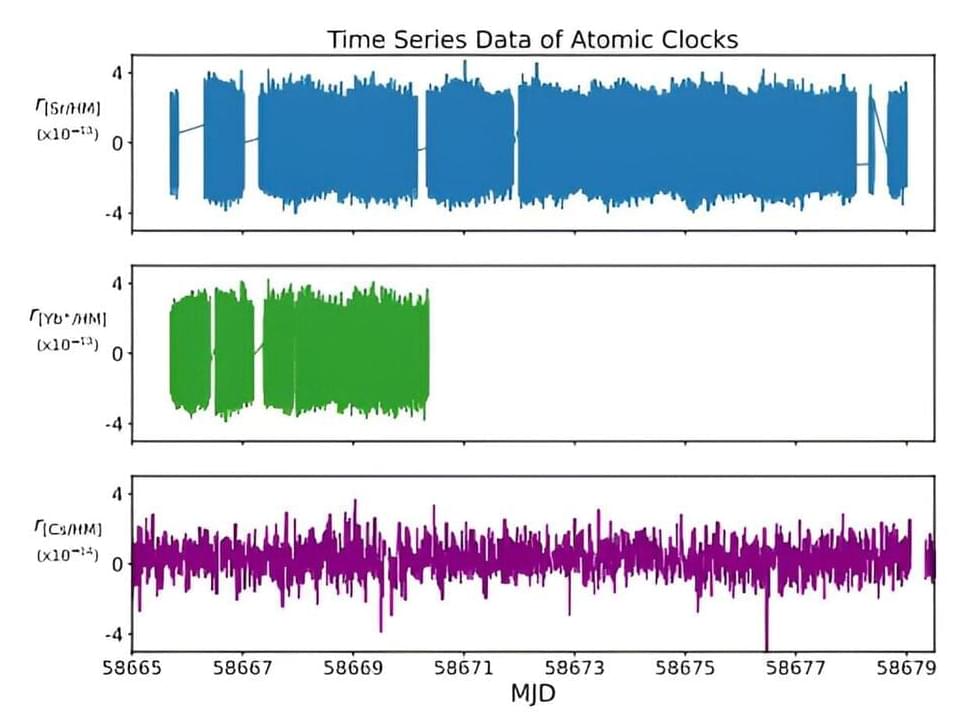A combined team of physicists from the University of Sussex and the National Physical Laboratory, both in the U.K., has been designing experiments to identify ultra-light dark matter particles. In their paper published in the open-access New Journal of Physics, the group describes how they are attempting to use the high precision of atomic clocks to detect ultra-light dark matter particle “kicks” that would lead to time variations and, in so doing, would show evidence of dark matter.
Currently, dark matter is not something that has been shown to exist—instead it is more of a placeholder that has been created to explain observations of deviations from the Standard Model of physics—like certain gravitational effects on galaxies. Since its development as a theory back in the early 1930s, physicists around the world have been developing theories and experiments to prove that it exists.
Sadly, despite a lot of time and effort, no such proof has been found. In this new effort, the team in the U.K. is working on a novel way to add credence to dark matter theories—using atomic clocks to detect ultra-light dark matter particles.
